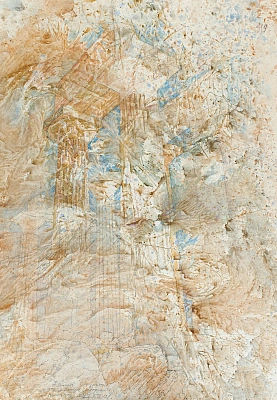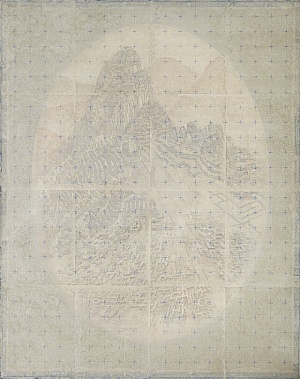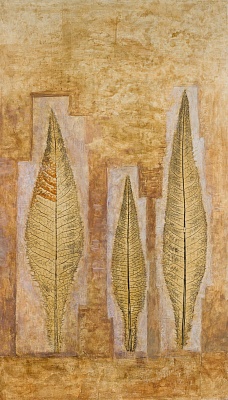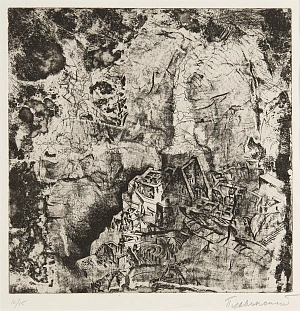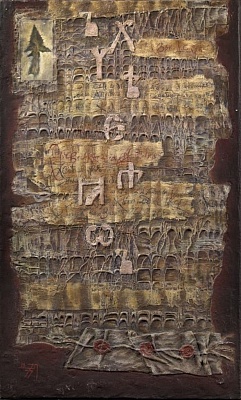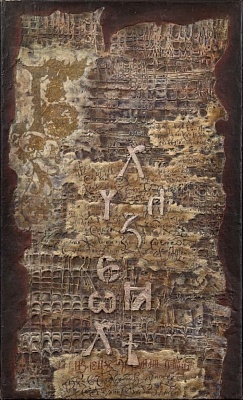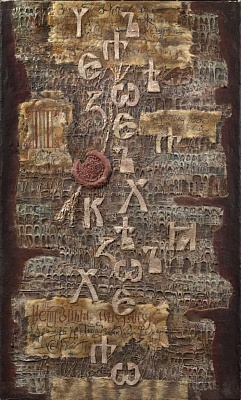Tuesday, Friday to Sunday 12:00 – 20:00
Wednesday to Thursday 12:00 – 21:00
Closed Mondays
Ticket office closes 30 minutes
before Museum closing time
Wednesday to Thursday 12:00 – 21:00
Closed Mondays
Ticket office closes 30 minutes
before Museum closing time



